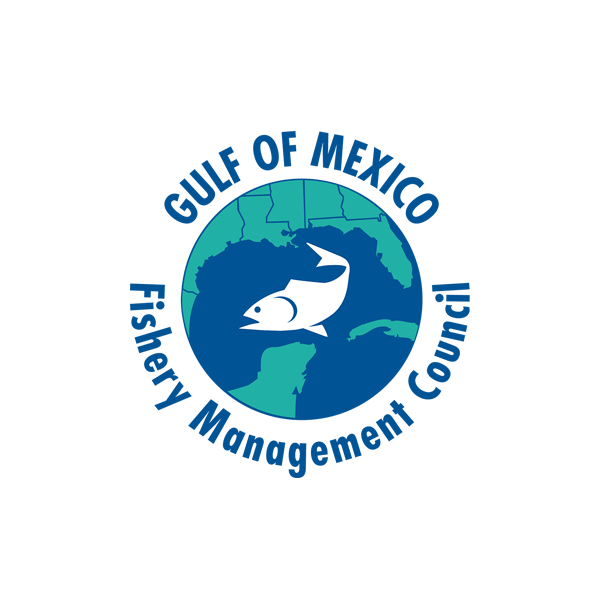
|
After hearing public comment and recommendations from its Shrimp Advisory Panel, the Gulf Council took final action on a Framework Action to modify the vessel position data collection program for the federal shrimp fishery in the Gulf of America. The Gulf Council selected a program that uses cellular electronic logbooks (cELBs) for the Gulf shrimp fishery that archives position data and automatically transmits it to National Marine Fisheries Service via cellular service to a non-law enforcement database. The Council also specified that the cELB units should be type-approved in a process external from the existing Vessel Monitoring System type-approval process.
This new program will replace the current cELB program which stopped transmitting vessel position data at the end of 2020, due to the expiration of 3G network support. Shrimp effort estimates are used for conducting shrimp stock assessments, estimating bycatch for finfish, monitoring bycatch of protected species, and monitoring the juvenile red snapper effort threshold. Currently, data are still being collected but requires mailing of Secure Digital (SD) cards for processing. This manual process is associated with less timely data and lower data return rates than automatic transmission. Additionally, the Gulf Council is considering action because sea turtle conservation regulations require shrimp fishery effort monitoring to be conducted at equivalent or greater levels as was conducted over the past 10 years.
This Framework Action will be transmitted to the Secretary of Commerce for approval and implementation as soon as practicable.
About The Gulf Council
The Gulf Council is one of eight regional Fishery Management Councils established by the Fishery Conservation and Management Act of 1976. The Council prepares fishery management plans, which are designed to manage fishery resources within the 200-mile limit of the Gulf of America.